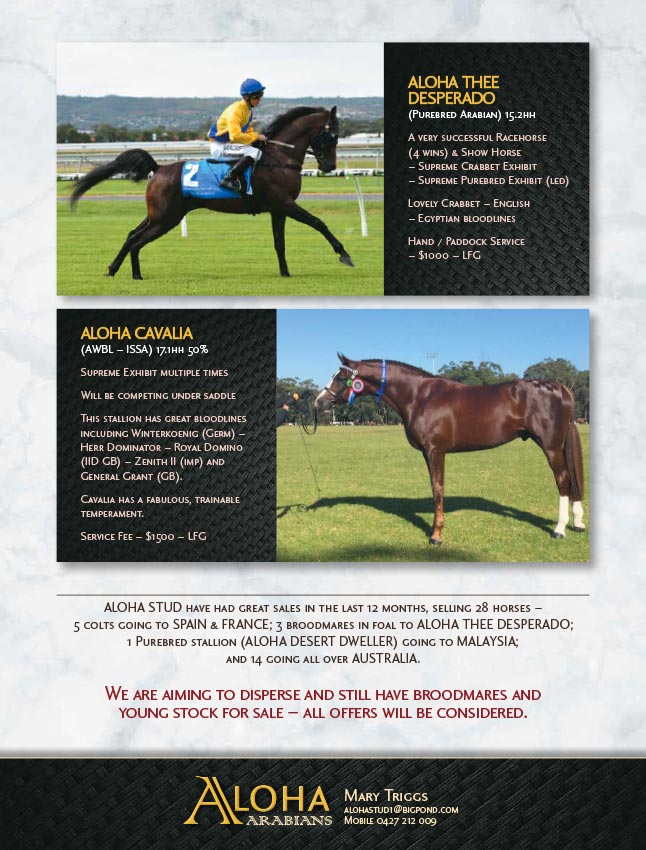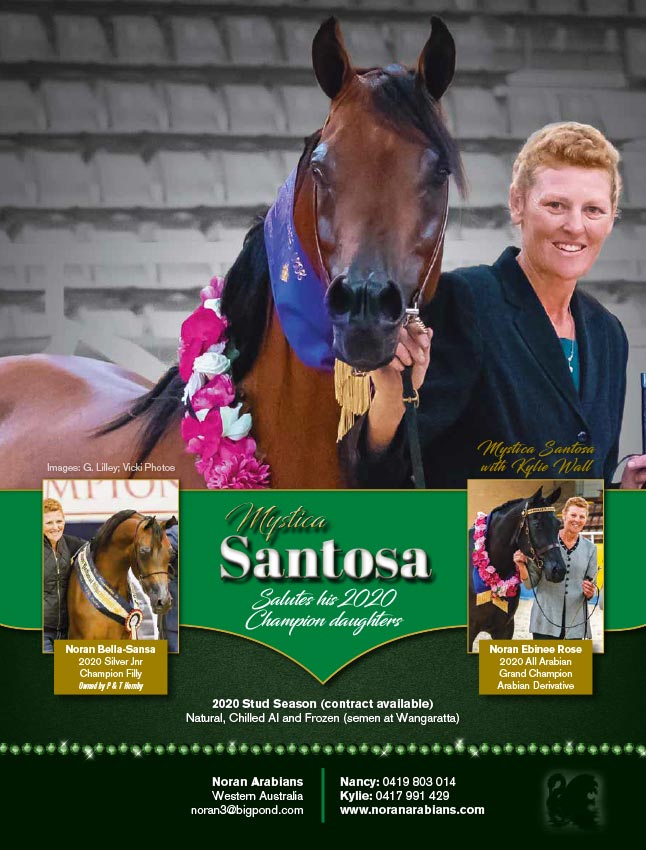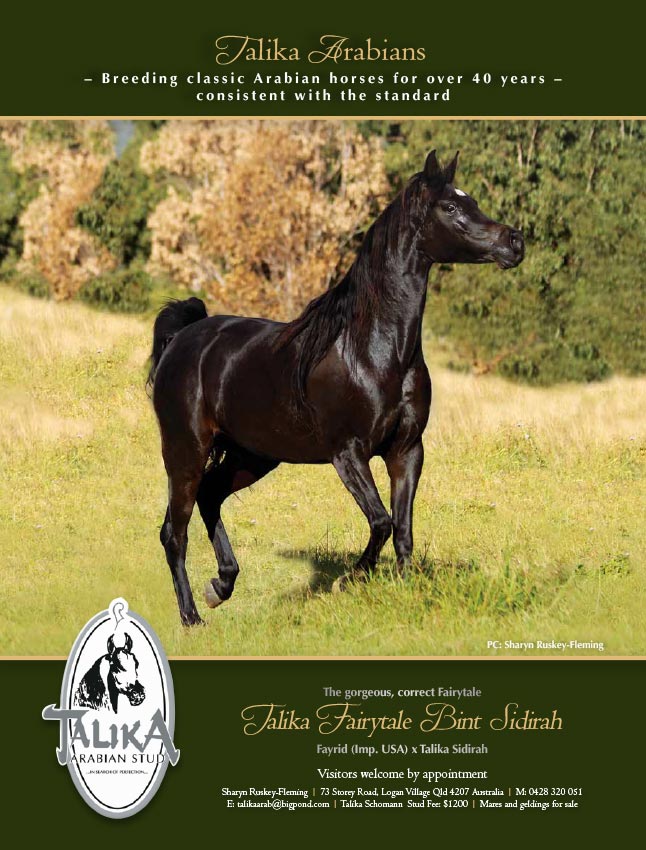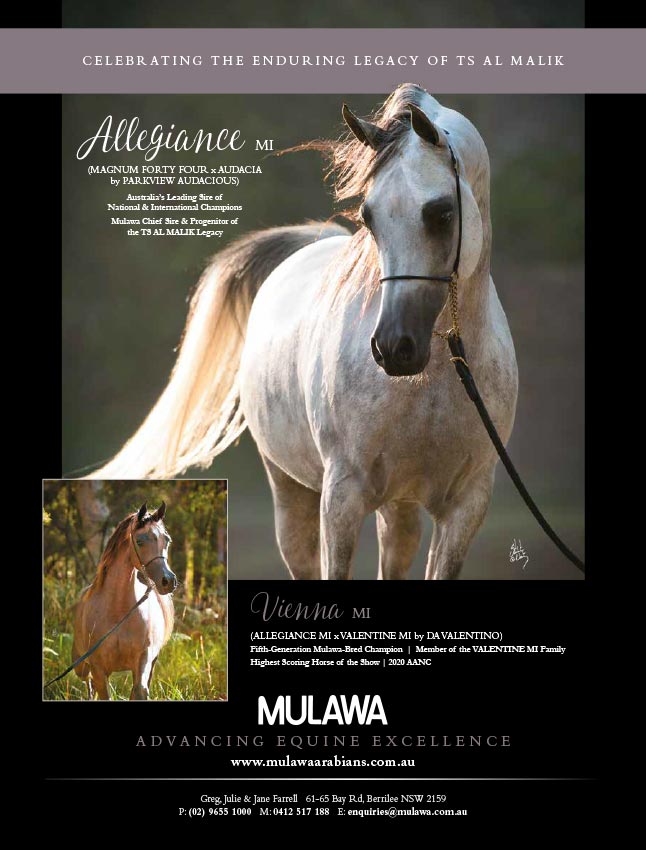
Living History – Bahrain’s Desert Bred Arabians
July 7, 2017
Bucket List Destination – The World Championships
July 7, 2017Legs – Building a Strong Foundation: Part 1

Straight legs with cannons directly under the knee. Fetlocks offset slightly
I recently had a prominent halter trainer come up to me and say, “I don’t really know why you judges put so much emphasis on feet and legs. I’ve been showing halter horses for decades and I’ve never had one with crooked legs ever have a problem. Why all this attention to feet and legs?”
Why, indeed. Obviously this was a halter trainer who did not ride. Any horse with crooked legs that doesn’t have to do more than trot for a minute or two in a halter arena probably won’t have any problems if it has crooked legs. However, if you have seen, as I have, the horse with calf knees (back at the knees) who then popped a chip in the knee, or the horse with offset cannons that had bilateral splints just below both knees, or the horse with badly turned out fetlocks that fractured a fetlock when in training for the Olympics, the trainer might have a different opinion.
What is the purpose of the Arabian horse? Why did it evolve? What is its function? Originally, it grew out of the desert as a hardy horse that could travel vast distances very efficiently. It was a mode of transportation in the desert for the Bedouin and his family and goods. It was also a war horse, carrying tribesmen fast and far and back again. A horse that couldn’t move quickly and far – couldn’t do its job – was left behind. It was a liability. Therefore, the Arabian also evolved as a very sound horse. Its use dictated its soundness.
Fast forward to the present day and things have changed radically. Many Arabians are still used in endurance to travel distance quickly and efficiently. Those horses probably have pretty good feet and legs. Working Arabians that are routinely subjected to stress, strain and concussion to their legs either have pretty good feet and legs, or things start breaking down and they leave the work force. Knowing why horses need to have straight legs is the first and most important step in evaluating a horse.
First of all, it is important to understand that faults and deviations in the front feet and legs are more serious than the hind feet and legs. Why? Because two thirds of the weight of the horse are carried by the front end. This puts more stress and strain on the front feet and legs.
Think of the leg as a pole. A straight pole. Now, take that pole and strike it on something hard, like a cement floor. Pick it up and strike the floor again. If the pole is straight, the forces acting on it go straight through the middle of the pole.
Now, take that same pole and create a small bend halfway down the pole. Strike it hard against the cement. Chances are if it is lightweight, on the first strike, it may break exactly where it was bent. This is because the force going through the pole had to change direction were it was bent, increasing the forces at the bend. And if the force is great enough, it will break the pole where it changed direction. On a broad scale, that is exactly what happens to bones and joints when they are subjected to stress, strain and concussion – oh, and also supporting 1100lbs (499kg) of horse!
So let’s start with the leg as a column. In drawing 1, if you drop a line from the point of the shoulder through the centre of the hoof, the forces acting on the column (leg) are directly up and down. Now let’s look at what happens when you have a horse like drawing 2. In this drawing the horse’s cannon bones are offset to the outside of the knees (bench kneed). The lines in drawing 3 show how the force comes down the centre from the shoulder and then have to change direction through the column. In drawing 4, the arrows show where the forces are concentrated where the column has changed direction. It is very common to see horses with this type of conformation with splints on one or both cannons near the knee. That is an indication that the splints are a result of the conformation, not just a random knock to the cannon. Furthermore, splints on or just below the knee are penalised in my opinion, as opposed to a single splint in the middle of the cannon, because they (just below the knee) can interfere with the function of the knee joint.
Looking at drawing 5, you have a horse where the knees are set to the outside of the cannon bones. In drawing 6, you see where the force has to change direction and in drawing 7, where that force will be expressed when the leg is subjected to stress, strain and concussion. Horses with this type of conformation tend to develop knee chips to the outside of the knee.
In drawing 8, we have two conformation problems in both cases. In each case, the horse is standing what we call “base narrow”. The horse is narrow through the chest, and therefore the front legs are set too close together. On the left diagram, the horse is base narrow and toes out. On the right, the horse is base narrow and toes in. Which do you think is more serious?
The horse that toes out will be at greater risk of interfering when travelling – as the leg swings in, it is apt to hit the fetlock of the other leg, which is poor function at best and injurious at worst. The horse that is toed in, while it looks worse at first glance, actually will cause the leg to move in an outward arc when travelling, thus not interfering with the other leg. Therefore, the toed out horse has a more serious fault than the toed in horse. When subjected to stress, strain and concussion you would expect the toed out horse to have windpuffs and other problems to the inside of the fetlock, while the toed in horse will have problems with the outside of the fetlock joint.
In drawing 9, the diagram shows the normal axis of the pastern foot angle. The angle of the pastern should follow through the hoof to the ground. In drawing 10, we have a “broken axis”, or what is commonly termed “club foot”. When you have an interruption of the normal axis of the pastern/hoof angle, it is going to cause problems both in movement and in how the forces act on the fetlock, pastern and hoof. When you think of all the force that is exerted when a horse is galloping, and for one stride, has all of its weight suspended over one front leg, you can appreciate how a major deviation in that column could cause the column to fail.
Another broken axis of the pastern/hoof not shown is where a horse has an exceptionally low heel and an elongated toe. These horses are subject to having heel, sole and toe problems under stress, strain and concussion.
In drawing 11, we are looking at the column from the profile. Again, the straighter the column, the more equal the force travelling through it. The diagram to the far left shows a horse with a straight front leg. Notice that the force is travelling through the centre of the cannon bone, with the major tendon and ligament to the rear of that line. The column is the bone itself. The next diagram is a horse that is over at the knees or commonly termed “buck kneed”. While this looks dramatic, and you will even see horses that tremble slightly on their knees, it is far more functional than the next diagram, which is “back at the knee” or “calf-kneed”. Why? Because in the horse that is over at the knees, the joint is bending in the direction it was intended. In the calf-kneed horse, the joint is bending against the direction it is intended. These horses are very prone to chips in the front of the knee when subjected to stress, strain and concussion. I consider it to be the most severe of all leg faults as it is so non-functional. The final diagram shows a horse that is upright in the pastern. While it is a fault, the forces are still going through the column equally. Where it becomes a problem is in the fact that the “shock absorber” function of the pastern is diminished due to the upright stance. The forces are increased, due to the lack of pastern function, but the forces are still acting in a straight line.
Drawing 12 shows a leg commonly seen in the Arabian halter division. That is a horse that is “tied in below the knee”. The cannon bone is actually the same diameter as a normal leg. The problem is that the tendon/ligament attachment below the knee is narrower and weaker than a horse with “wide, flat tendons”. You will hear people talk about “wide, flat bone”. Which is a good thing! But it isn’t the bone that is wide and flat. The cannon bones are all the same diameter. It is the tendon and ligament attachment that is either narrow/weak or wide/strong.
A horse is at its simplest – a great deal of weight, often carrying a great deal of weight – that is suspended on four columns. Any deviation in those columns increases force where the deviation occurs. That is why straight legs are important. And for people who ride their horses or use them heavily, they learn quite quickly how important that is. I will add, however, that there are always exceptions to the rule. I have seen some extraordinary equine athletes with crooked legs. But they are the exception, not the rule.
































